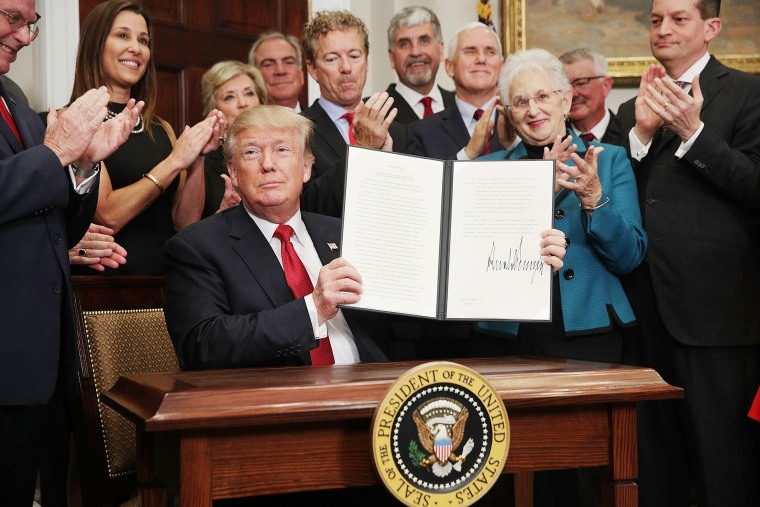WASHINGTON — The number of uninsured Americans rose by 1.3 percentage points, or the equivalent of 3.2 million people, in 2017, according to new data from Gallup and Sharecare released Tuesday. It is the first increase since the Affordable Care Act’s main features took effect.
The uninsured rate in the fourth quarter of 2017 was 12.2 percent, almost the same as the 12.3 percent rate the survey found in the third quarter. But it’s up from a low point of 10.9 percent recorded in the quarter of 2016. The uninsured rate is down from its peak of 18 percent in the third quarter of 2013, shortly before Obamacare’s subsidized exchanges opened. The survey’s margin of error was +/- 1 percentage point.
The largest increases in the uninsured rate were among black (2.3 percentage points) and Hispanic (2.2 percentage points) adults. Households making less than $36,000 a year saw a 2.0 percent increase, which was larger than higher incomes.
The report identified some possible causes. Premiums on the ACA’s insurance exchanges spiked in many places in 2017, making insurance harder to afford for people who make too much money to qualify for federal subsidies. Republican efforts to repeal the law may have also raised expectations that the law’s requirement to buy insurance would be eliminated and caused some customers to decline coverage. The mandate was eliminated in the tax bill that passed in December, although it is still in effect until 2019.
Enrollment in the federal insurance marketplace is down slightly for 2018, which Democrats and health advocacy groups have blamed partly on cuts to advertising and outreach by the Trump administration and a shortened enrollment period. The Congressional Budget Office expects the number of uninsured to rise in the coming years due to the elimination of the mandate. The Trump administration also recently announced it would break from prior White Houses and allow some states to impose work requirements on Medicaid benefits, with Kentucky the first state to obtain permission for their plan.
Other measures of uninsured have had different results so far. The federal National Health Interview Survey found no increase in the uninsured for the first half of 2017 in their latest data, with the total numbers largely unchanged.

